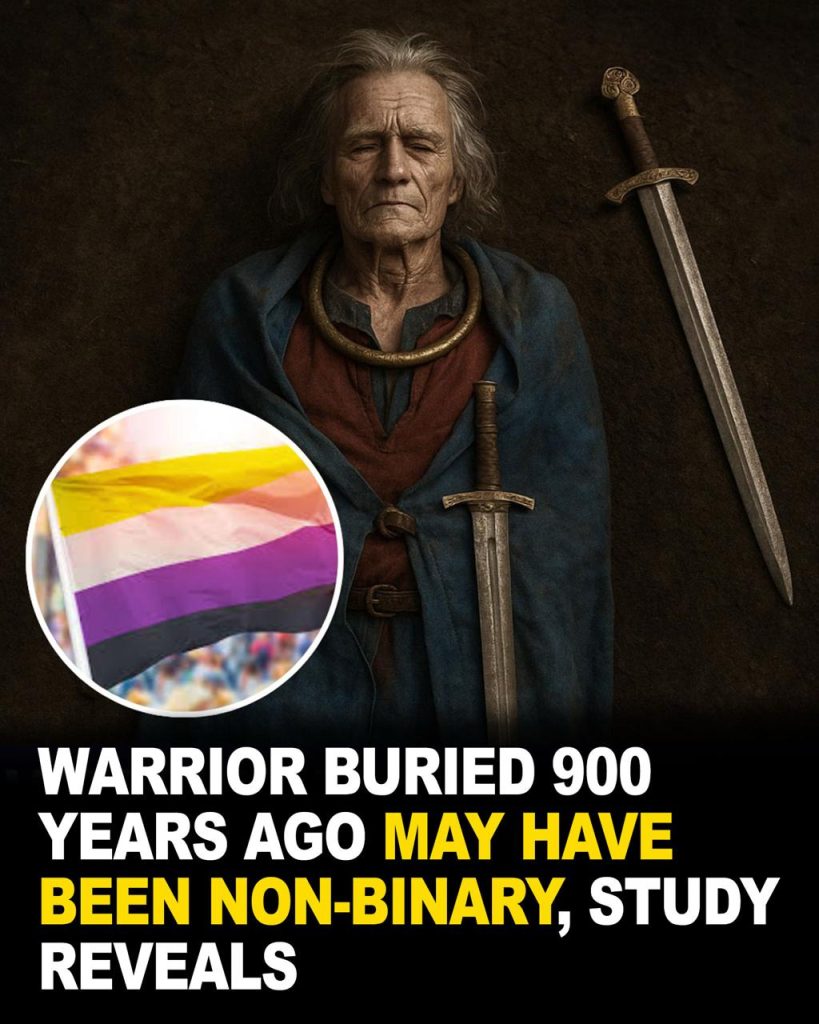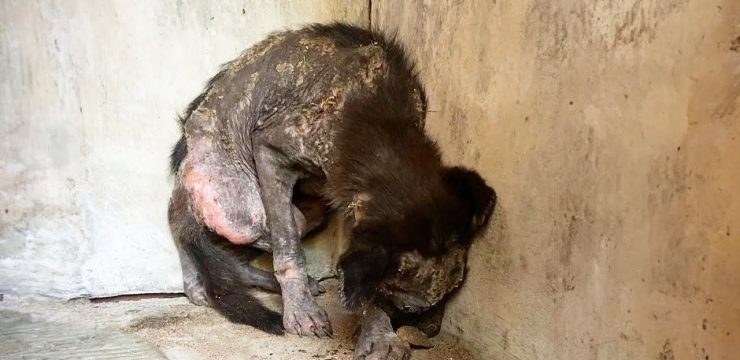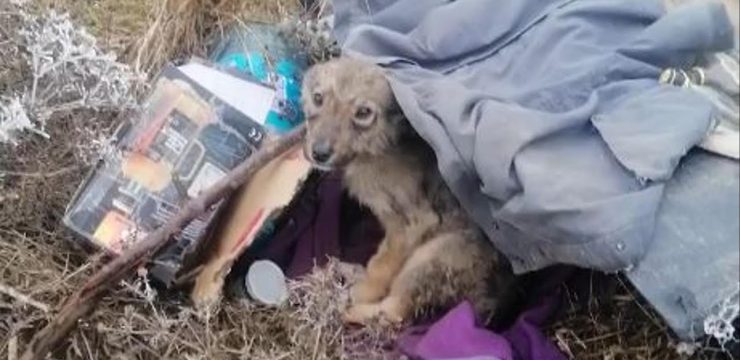A centuries-old enigma buried in the hills of southern Finland has recently taken an unexpected and fascinating twist. New research involving ancient DNA has cast fresh light on a medieval grave long believed to belong to a woman warrior, revealing instead that the individual may have been nonbinary—offering a powerful challenge to the traditional views of gender roles in early European history.

The burial site in question, located in Suontaka Vesitorninmäki, was originally unearthed in 1968. For more than five decades, archaeologists interpreted the grave as the final resting place of a high-status female warrior, owing to a combination of artifacts that included a finely crafted sword and ornate jewelry. These objects represented both masculine and feminine symbols from the early medieval period. The sword, typically associated with men and warfare, was juxtaposed with items of delicate jewelry and remnants of woolen clothing usually worn by women, creating a unique blend that puzzled researchers for years.
This ambiguity led to speculation that the individual may have been an extraordinary woman who had taken on a masculine role in society, perhaps even a warrior who had broken traditional gender barriers of the time. However, thanks to advancements in genetic science, the story has deepened—and become even more compelling.
A team of researchers led by Ulla Moilanen, an archaeologist at the University of Turku, analyzed a small, degraded sample of ancient DNA extracted from the skeletal remains. Their findings, recently published in the European Journal of Archaeology, indicate that the individual may have had Klinefelter syndrome—a genetic condition in which someone is born with an extra X chromosome, resulting in an XXY configuration. This syndrome, though relatively rare, is known to cause a mixture of physical characteristics that may not conform to the typical binary definitions of male or female. Individuals with Klinefelter syndrome are genetically male but often exhibit traits such as reduced testosterone levels, breast development, reduced muscle mass, and infertility.
According to Moilanen, these biological factors may have played a key role in how this person was perceived by their community. “If the physical characteristics associated with Klinefelter syndrome were visible, this individual may not have been viewed strictly as male or female,” she explained. “But what’s truly remarkable is the way this person was buried—with both masculine and feminine objects—which suggests they were not only accepted but honored.”
The grave itself lends powerful support to this theory. Unlike typical burials of the period, which generally conform to binary gender roles, this one included an unusual combination of weaponry and fine personal adornments. This indicates the deceased may have held a unique status in their community—perhaps someone who transcended the conventional definitions of gender altogether. Despite the limited physical remains due to natural degradation over time, the researchers used advanced modeling techniques and genetic analysis to determine there was “overwhelming evidence” of an XXY chromosomal pattern.
What’s even more astonishing is the broader cultural context of early medieval Scandinavia. This was a time and place where gender roles were sharply defined and strictly enforced, especially among the warrior class. Masculinity was highly prized, and men who exhibited traits considered feminine were often ridiculed or ostracized. The existence of a person who appeared to live and be buried with equal representation of both gender roles—and with clear respect from their peers—runs counter to everything previously assumed about this historical period.
“This case challenges our preconceived notions of what life was like during the Middle Ages,” said Moilanen. “It’s a powerful reminder that biology does not determine identity, and that early societies may have had more flexible and nuanced understandings of gender than we give them credit for.”
Experts outside the study have echoed these sentiments. Leszek Gardela, a scholar at the National Museum of Denmark who was not involved in the research, praised the study for its depth and significance. “This is a well-researched and fascinating case,” Gardela said. “It reveals that gender diversity was present in early medieval societies, and that it was likely more accepted than we tend to believe today.”
Still, researchers acknowledge that applying modern language to historical individuals is fraught with complexity. Using the term “nonbinary” to describe someone who lived nearly a thousand years ago is inherently speculative, as we can never truly know how that person viewed themselves or their identity. Furthermore, not all people with Klinefelter syndrome identify as nonbinary or intersex in the modern sense. Yet the archaeological and genetic evidence provides a compelling narrative about how one person may have lived outside the rigid gender binary and still earned a place of honor within their community.
In many ways, this discovery forces a reevaluation of our assumptions about the past. It reminds us that the stories we tell about history are often filtered through the lens of modern beliefs—and that those beliefs are constantly evolving. The individual buried in Suontaka Vesitorninmäki may never have heard the word “nonbinary,” but their life, death, and the way they were commemorated suggest that early societies may have made room for a broader spectrum of human identity than we once thought possible.
As researchers continue to unearth more about this burial and others like it, one thing becomes increasingly clear: gender diversity is not a modern phenomenon. It has always existed—often quietly, sometimes visibly—and it is only now, with the help of modern science and open-minded inquiry, that we are beginning to fully understand its place in our collective human story.





